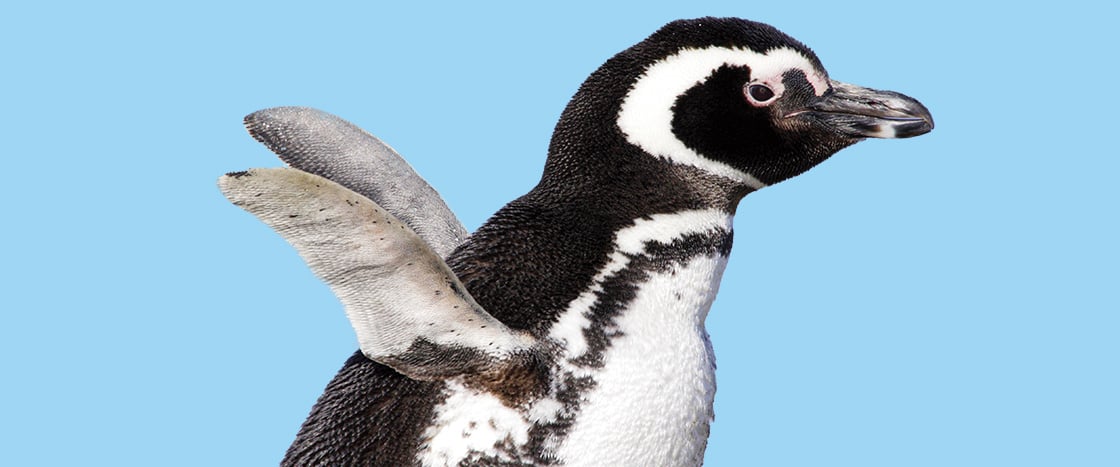Patrick J. Endres/Getty Images (Rockhopper Penguin); Cavan Images/Offset (Emperor Penguin); Shutterstock.com (Fairy Penguin)
Here are some of them. They each look a little different.

Find out about penguins. Then read a true story about a special penguin.
Learning Objective: Children will compare types of penguins and their habitats.
1. There are 18 kinds of penguins.
Patrick J. Endres/Getty Images (Rockhopper Penguin); Cavan Images/Offset (Emperor Penguin); Shutterstock.com (Fairy Penguin)
Here are some of them. They each look a little different.
2. Some penguins live in the cold.
Keren Su/China Span/Alamy Stock Photo
Emperor penguin chick
Their habitat is full of snow and ice.
3. Some penguins live in warm places.
Shutterstock.com
Magellanic penguins
You can see them on sandy beaches. They swim in warm waters.
4. Oil can hurt penguins.
Jeff Rotman/NPL/Minden Pictures
Sometimes a big ship spills oil into the water. That can make penguins very sick.
More About the Article
English Language Arts Focus
Nonfiction text features
Comparing and contrasting
Science Focus
Animals
Animal habitats
Implementation
Whole Group
Pairings and Text Connections
Before-Reading Resources
Suggested Reading Focus
After-Reading Skills Practice
Extension Craftivity
Skills: Animal habitats (15 minutes)